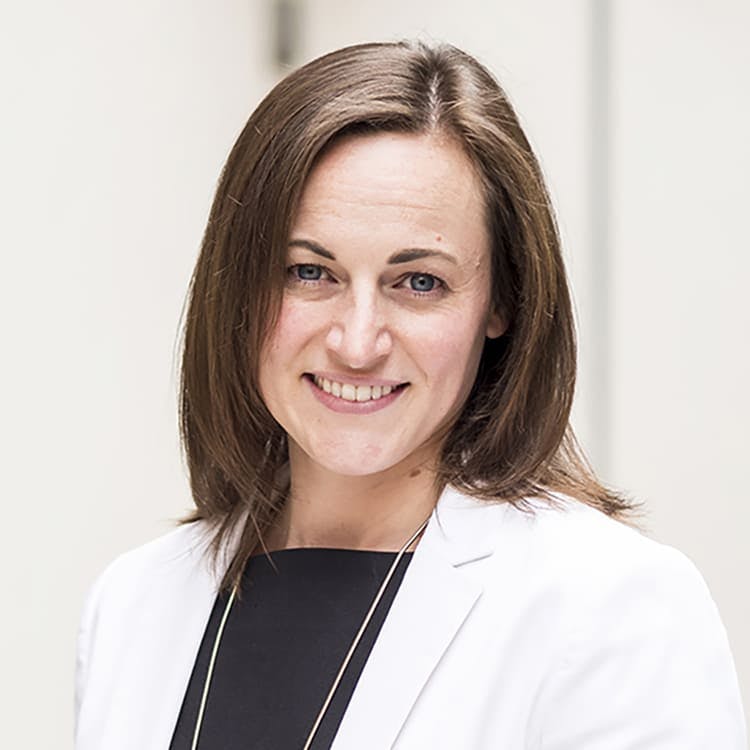Breakthrough’s Capac-ID Methodology

Trending
Top Posts
4 min read
August 17, 2023

Share:
Table of contents
Browse the table of contents to jump straight to the part you’re looking for
Transportation leaders have experienced years of market volatility characterized by inflated costs, labor shortages and geopolitical disruption. Caught in this whirlwind, shippers often found themselves in crisis mode, relegating strategic planning to the backburner as they constantly put out fires.
Now, market conditions are easing, painting a much rosier picture for shippers. With spot market rates falling and 59% of transportation leaders predicting freight capacity to remain more available over the next 12 months, the soft freight market provides new opportunities for shippers to refine their transportation strategies. And the time to seize these opportunities is now.
If your strategic planning took a backseat amid market turmoil, you’re not alone. But now that stressors like limited carrier availability and high fuel surcharges are easing, it’s time to shift your focus back to long-term strategy and growth. Failure to do so doesn’t just hinder your ability to adapt to market fluctuations — it also limits opportunities to improve sustainability, enhance efficiency, and reduce costs in your network.
But as you refocus on strategy, there are several common pitfalls you’ll need to avoid:
There are also plenty of proactive strategies you should pursue to optimize your network. Whether it’s strengthening mutually beneficial transportation contracts with current partners or establishing relationships with new carriers that align more closely with your efficiency and emissions reduction goals, investing time in these partnerships will help position you to navigate future market fluctuations.
Advanced benchmarking solutions offer actionable insights that align with your long-term strategy, including the identification of optimal carriers. By cultivating relationships with these best-fit carriers, you can lock in preferential rates. According to Breakthrough data, shippers and carriers in “growth relationships” typically secure rates that are 2.75% (or $0.08 per mile) lower than other carriers, unlocking considerable cost savings over time.
It’s also wise to consult with a third-party transportation management technology partner to help track your scope 1 and 3 transportation emissions and validate that your partnerships are supporting your emissions reduction efforts.
As you navigate the second half of 2023, prioritizing the proactive development and reinforcement of carrier relationships is paramount. Embrace opportunities in today’s soft freight market to reevaluate strategic priorities, fine-tune emissions reduction goals, and leverage data-driven insights to identify optimal carriers for your network. By shifting your focus from short-term wins to long-term growth, you can forge a robust transportation strategy that withstands the test of time and safeguards your organization from future market fluctuations.
Schedule a demo of Capac-ID to learn how you can leverage data-driven insights to optimize your transportation network strategy.

5 min read
December 31, 2025
Discover how to implement a mobile fueling program that boosts fleet efficiency and cuts costs. Our guide covers evaluation, partner selection, and integration.
Read more
5 min read
December 30, 2025
Build a robust fuel procurement strategy to control your fleet’s fuel costs. Our guide covers data analysis, sourcing tactics, and operational efficiencies.
Read more
8 min read
December 23, 2025
Navigate fuel surcharge rates with our expert guide. Discover how to calculate fair reimbursements and overcome the limits of traditional fuel surcharge models.
Read more